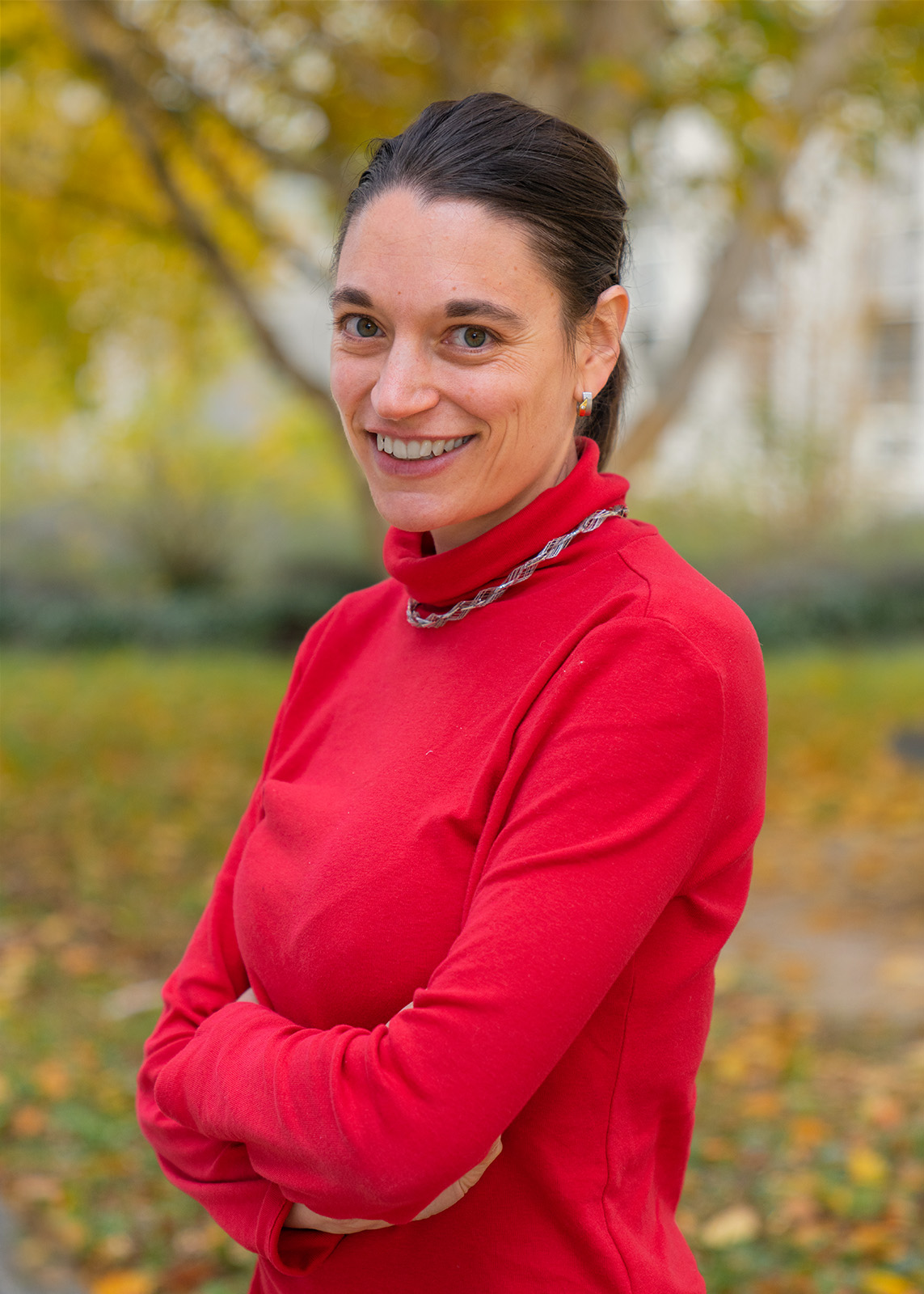Esther Amstad, EPFL
NCCR Bio-Inspired Materials Principal Investigator Prof. Esther Amstad (EPFL) studied material science at ETH in Zurich, where she also conducted her PhD with Prof. Marcus Textor on the steric stabilization of iron oxide nanoparticles. She then moved across the Atlantic to do a postdoc with Prof. David A. Weitz at Harvard University on microfluidics and emulsification. In 2014, she became assistant professor in the institute of materials at EPFL where she founded the Soft Materials Laboratory (SMaL). Her lab establishes polymer-based inks that can be 3D printed into stiff and tough polymeric materials including hydrogels and elastomers. In 2020, she became the deputy director of the NCCR, and in 2021 she was promoted to associate professor.
Why are you a scientist?
A key factor for my decision was the privilege of working with highly motivated, qualified colleagues, co-workers, and students. The idea to jointly work towards ambitious goals, that in essence, can be summarized as advancing science, innovating new materials that find applications and thereby help people in one way or another, and offering high-quality education with a team of excellent, knowledgeable, and creative people intrigued me. Another important reason for my decision was the freedom we have in terms of the design and execution of projects and engaging in collaborations that I consider unique.
What motivates you?
My biggest motivator is to see young people grow scientifically and accompany them during a specific period in this process. Then it is also nice to see the science advancing and the materials we introduced being applied. Discussing possible applications with colleagues from different fields with complementary expertise and jointly implementing our materials in their processes/applications is also highly rewarding.
What is your current research project aiming to achieve?
Introducing injectable or even 3D printable soft materials that respond to external stimuli yet are sufficiently strong to bear significant loads such that they can be used, for example, as soft robots, intelligent wearables, or, a bit further into the future, even for tissue regeneration or as implants.
What are the challenges women face in today’s society? And in science in particular?
I still see the biggest challenge in the communication and presentation. From my experience, there is a difference in how women and men communicate and present themselves; this difference often influences decisions in an unconscious way. Of course, there are always exceptions of individuals where you do not see this difference, but if I take an average over the cases I have seen, I am under the impression that this difference still exists.
The question, though, is if this difference should disappear. I would rather try to educate everyone involved in decision processes to be aware of this difference, accept it and adjust the evaluation criteria accordingly not to put anyone at a disadvantage. This would be the more natural and fairer action to take.
What are your proudest achievements in your science career?
Having built a team where you feel the group spirit and that works together in a constructive, encouraging way.

